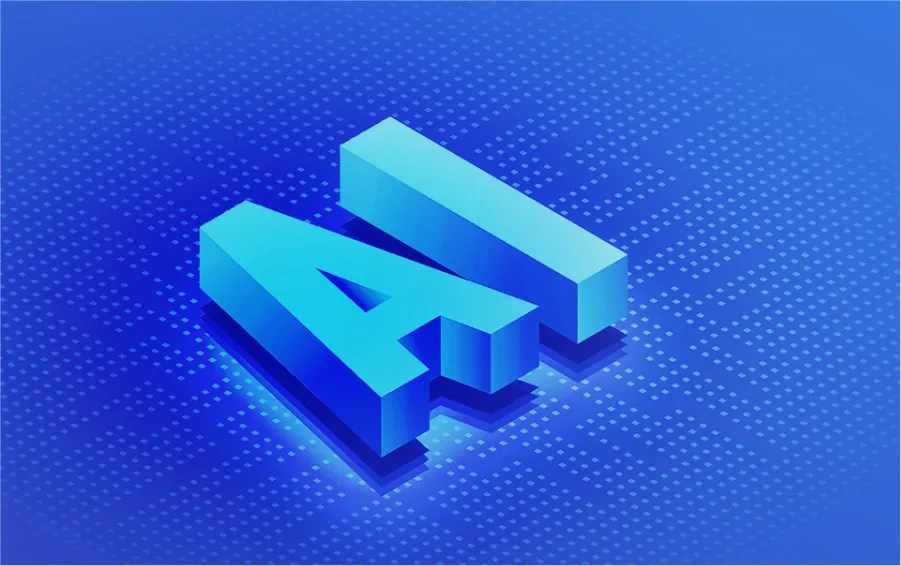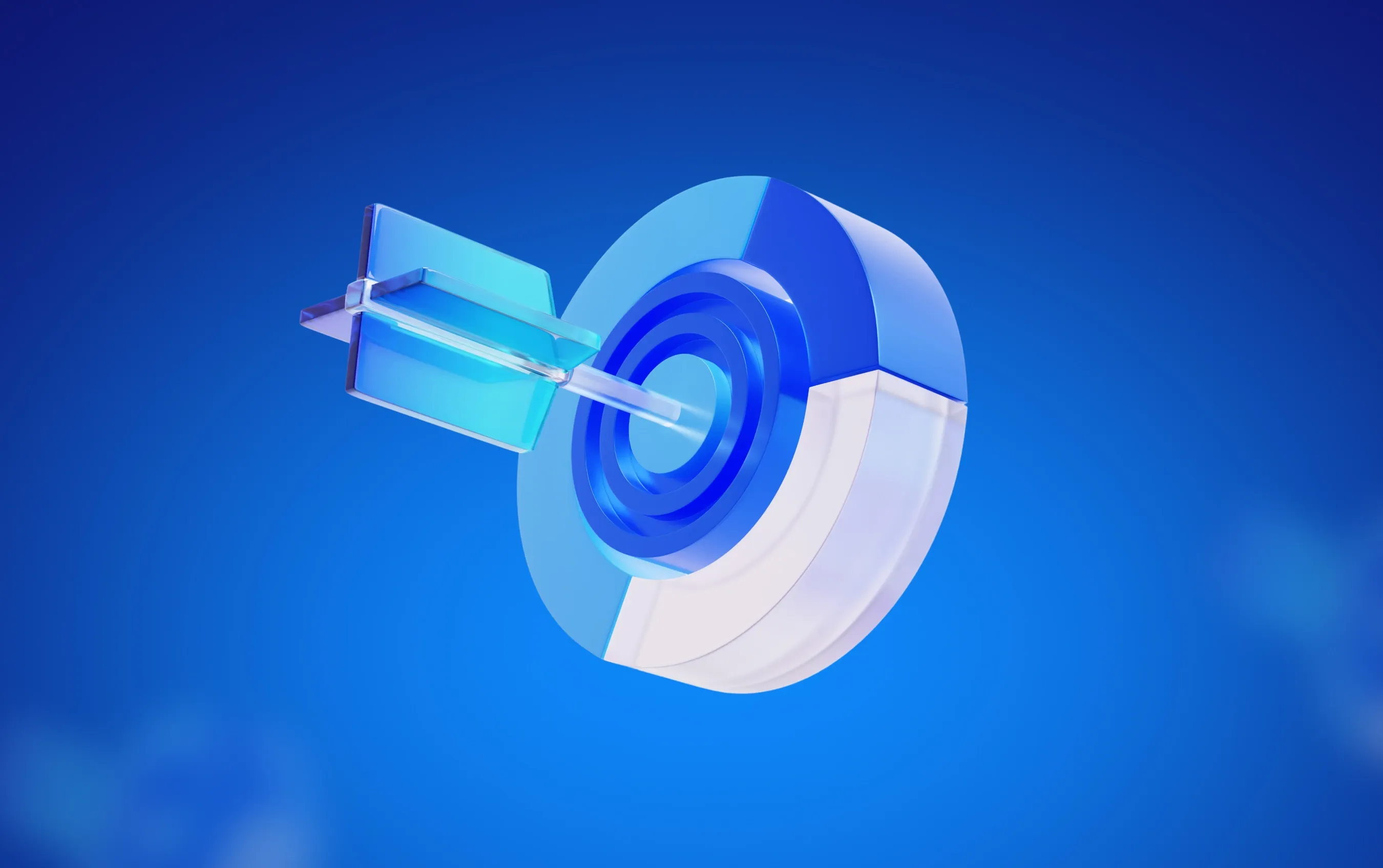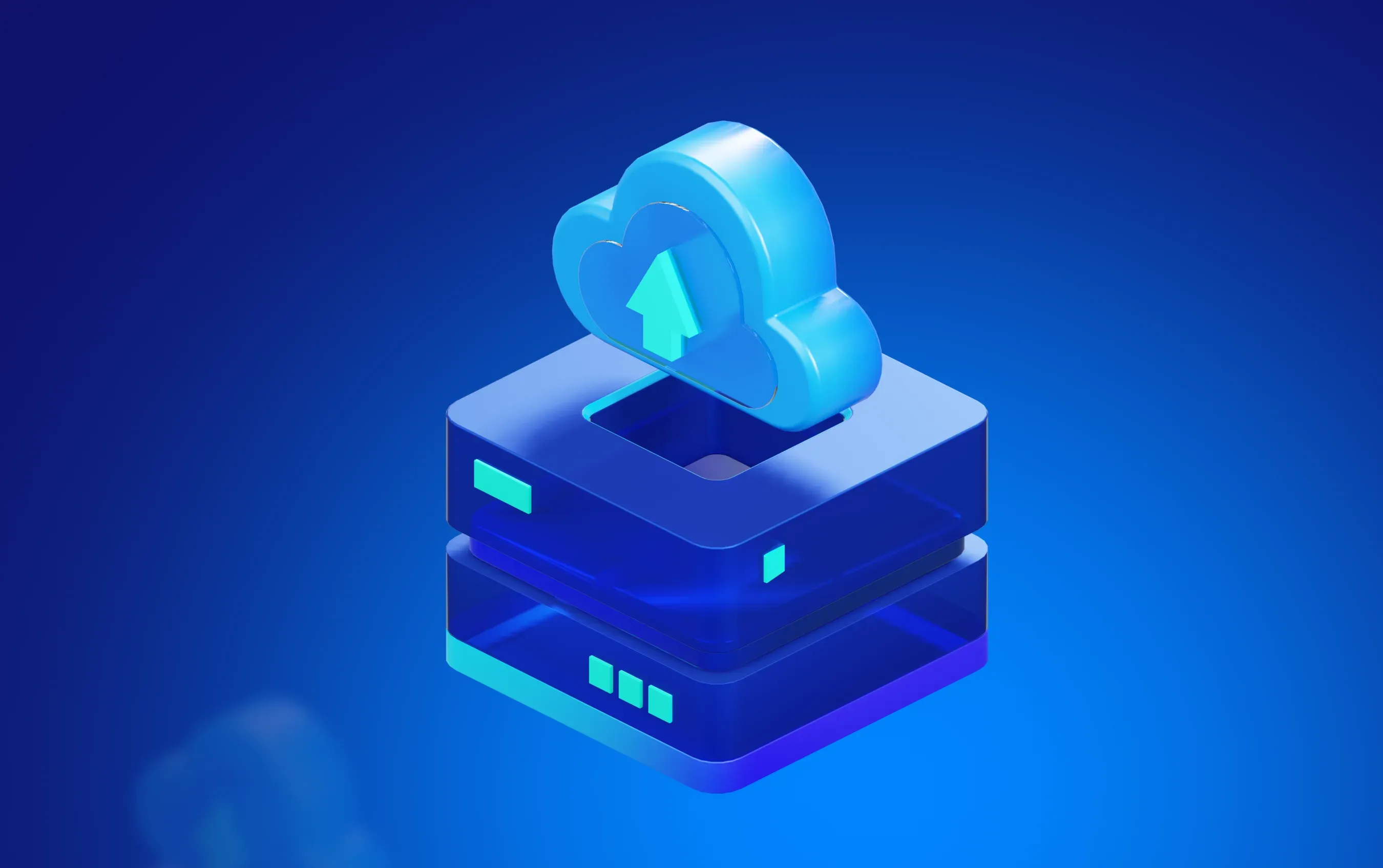
IoT data analytics refers to the process of collecting, analyzing, and interpreting data generated by connected devices. This helps businesses make better decisions and optimize their operations.
IoT devices collect vast amounts of data, while AI processes this data to make decisions and automate actions, such as adjusting temperatures or managing traffic systems in smart cities.
Industries like healthcare, manufacturing, retail, logistics, and energy benefit by using AI and IoT for remote monitoring, predictive maintenance, process automation, and improving customer experiences.
Challenges include unclear project goals, data shortages, compatibility issues between devices, reliability concerns, and data security risks. Addressing these requires proper planning and advanced security measures.
Future trends include smart manufacturing, autonomous vehicles, personalized user experiences, smart cities, and advanced healthcare, all driven by the integration of AI with IoT technologies.
Previous insight






